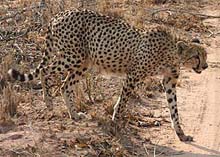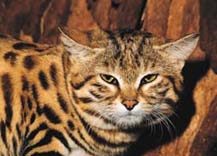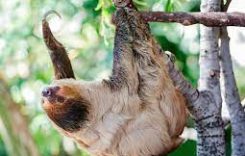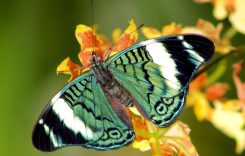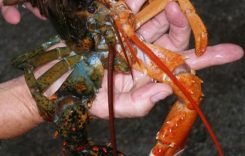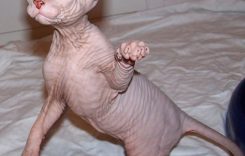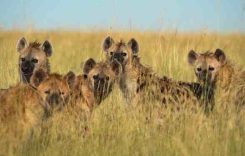The Porcupine
The Porcupine is the largest rodent in southern Africa and can weigh up to 20k. Porcupines are best known for their coat of sharp spines and quills that defend them from predators. They have good hearing and when they feel threatened, can become aggressive, raising their quills in defence. They also shake their tails creating a loud rattling sound by the hollow quills, which amplify the sound. If the threat attacks the porcupine, it turns and rushes backward to impale the intruder. They do not “shoot” their quills at an offender.
KZN_Wildlife.jpg)
As rodents they have two top and bottom incisor teeth used for gnawing. Although they are herbivores, bones are often found around a porcupine’s burrow. They gnaw on bones in order to get phosphorous and calcium in their diets. Porcupines are nocturnal and found in most parts of southern Africa.
The springbok
a_lienard.jpg)
When the springbok is alarmed or excited it pronks (incredibly fast stiff-legged leap), leaping up to 3,5m (11.5 ft) in height and repeating the action 5 or 6 times in succession. (Almost like a horse bucking).They are light footed and can reach a speed of just below 90km/h (56 mph). Despite their remarkable speed, they remain vulnerable to cheetahs or leopards.
Dowload interesting animal sound for your ringtone: ringtonesonic.com
The springbok is the national animal of South Africa and is only found in the semi arid regions of southern Africa. The word Springbok comes from Afrikaans : spring = jump ; bok = antelope
Pangolin
toursa.jpg)
The Pangolin has powerful hind legs, short fore legs and a long heavy tail. It walks on its hind legs and occasionally uses its tail and forelegs for balance. When threatened, it will usually roll up into a ball to protect its vulnerable belly.
Pangolins are nocturnal animals, using their well-developed sense of smell to find insects, and their 30cm (12 inch) sticky tongue to catch and eat them. Their diet consists of only certain species of termites and formacidic ants. Should you ever see one of these animals in the wild, you are extremely fortunate. They are endangered and very rarely seen during the day.

